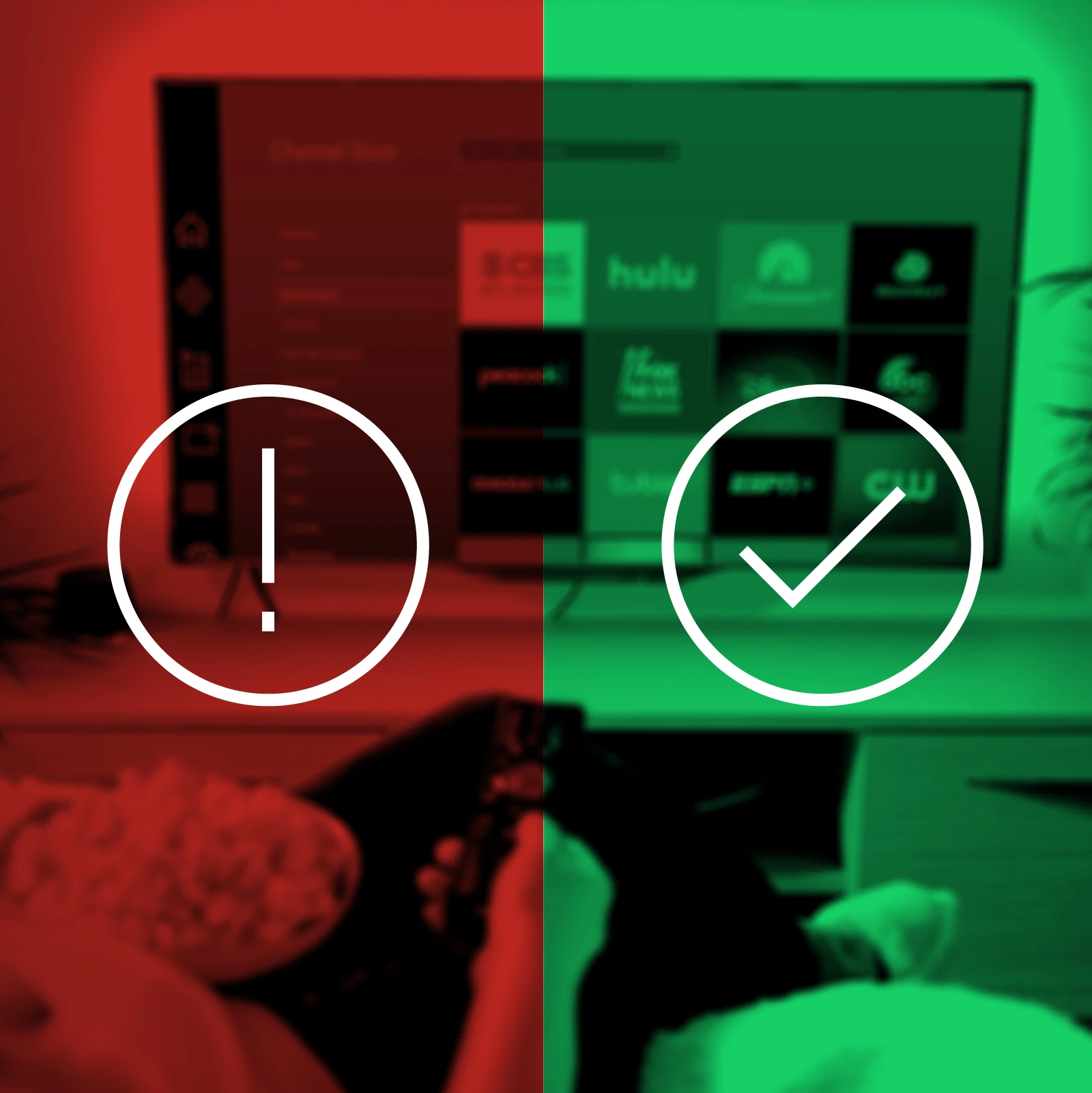
CPA or Bounty Models in TV Advertising are Outright Misleading
A version of this was originally featured on Business of Apps.
In the realm of digital advertising, brands often leverage performance-based models to acquire customers, only compensating for verified actions, such as clicks or installations. This approach, epitomized by Google’s cost-per-click and AppLovin’s mobile game installation models, ensures that brands pay strictly for tangible results.
As more performance-oriented marketers have turned to TV, there has been a major effort to translate these models to the channel. However, attempts by some TV platforms to emulate these models have often proved costly and misleading for brands due to the challenges in tracking direct responses from TV ads.
Unlike digital platforms where actions like clicks are immediately measurable, TV ad responses are harder to track. Viewers do not interact directly with their screens to indicate interest; instead, actions occur on secondary devices, often long after the advertisement has aired. As Krishan Bhatia once asked the rhetorical question, “When’s the last time you bought a $40,000 new car from your phone within minutes of seeing a car commercial?”
This lag and device disconnect complicates direct TV attribution, prompting reliance on indirect methods such as IP-level matching, known as view-through measurement. This method spans various time windows, from an hour to 28 days, and can be exploited to falsely attribute conversions to the TV ads.
Consider a scenario where multiple devices in a location—like a coffee shop or a university dorm—are connected to the same IP address. A purchase or app install from any device at this address could be wrongly credited to a TV ad, even if the actual influence was a Facebook ad, a search result, or word-of-mouth.
In these cases, a single TV ad impression could erroneously be attributed with multiple conversions. The tech partner claims the conversions and charges the advertiser, who has to pay even though the TV ad they are paying for wasn’t solely responsible for the conversions. The conversions are great, but the overcharge is not.
This is a common issue. In our most recent analysis, we found that about 6% of CTV impressions originate from a mobile ISP address but account for 71% of all attributed conversions when using only standard view-through metrics. That’s a stark discrepancy highlighting the method’s unreliability.
Brands need to reject CPA models when it comes to TV. They may work well in digital, but they are not directly translatable.
Rather than focus on cost models, brands need to prioritize measuring incremental outcomes. To get there, advertisers should use device graphs that have stronger precision, specifically tuned for TV. Amongst a variety of things, this includes the ability to detect and exclude communal and non-household IP addresses. By removing these IP addresses from an attribution model, advertisers gain a much clearer understanding of how their connected TV ads are actually driving performance and real-world outcomes. The ability to also measure consumer activity across devices in a privacy-compliant way is critical in measuring outcomes.
The ability to measure consumer activity across devices (and always in a privacy-compliant way) is critical in measuring outcomes. In an era where every dollar counts, this also charges brands fairly. If nothing else, consider this: while many brands may be happy to pay for conversions attributed to a TV ad, they need to ask themselves if the results seem too good to be true. If the performance feels too powerful, then it’s likely false.

Philip Inghelbrecht
I'm CEO at Tatari. I love getting things done.
Related
Breaking Down Convergent TV with LiftLab
Discover the current state of TV advertising and the emergence of TV streaming on a recent episode of Curve Your Enthusiasm with LiftLab and Philip Inghelbrecht.
Read more
Why Open Programmatic and CTV May Never Mix
In the evolving landscape of digital advertising, the intersection of open programmatic and connected TV (CTV) faces significant challenges.
Read more
CTV Fraud Should Never Be an Issue
To combat CTV fraud, we recommend direct purchases from publishers and outcome-based TV measurement as effective strategies to ensure advertising transparency and accountability.
Read more


